Search results
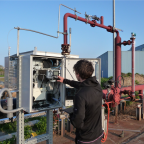
The share of renewable energies in the German energy mix is rising steadily. Deep geothermal energy is also already contributing to more climate-friendly energy. GRS researchers, together with Energie Baden-Württemberg AG (EnBW) and the Geosciences Centre of the University of Göttingen (GZG), have developed and successfully tested new methods and techniques in the BMWi-sponsored ANEMONA project to improve the economic efficiency of geothermal power plants.
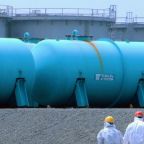
In addition to recovering the highly radioactive core melt from the affected reactor units, the disposal of enormous quantities of contaminated water represents the greatest challenge in the clean-up of the Fukushima Daiichi site. More than one million tonnes of it are stored in large tank areas on the plant site. While the space for new tanks will soon be exhausted at the site, the amount of water is increasing with each passing day.
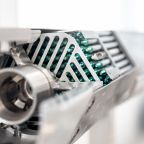
GRS scientists have dealt with this issue as part of a research project which not only comprised investigations regarding storage casks but also studies of fuel assembly behaviour.
Safety research for nuclear facilities is one of the main areas of GRS's work.
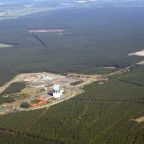
From 2011 to 2013, GRS - together with eight other project partners - was involved in the research project "Preliminary Safety Assessment of the Gorleben Site" (VSG), dealing with various questions concerning the Gorleben site and fundamental methodological issues of disposal. The project was funded by the Federal Environment Ministry (BMU).
Researchers worldwide are working on small modular reactors (SMR) and microreactors (very small modular reactor, vSMR). Many of these new reactor concepts are being developed for specific applications and have special core geometries. In order to be able to simulate the neutron-physical behaviour of these cores, GRS is developing the simulation code FENNECS (Finite ElemeNt NEutroniCS).
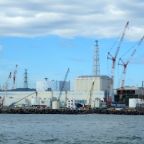
In our five-part series on the occasion of the 10th anniversary of Fukushima, today we look at the dismantling activities. The dismantling of a nuclear power plant (NPP) is a lengthy process.
Physicist Dr Thorsten Stahl heads the Radiation and Environmental Protection Department of GRS, is the company's radiation protection supervisor and was part of the team with which GRS provided technical support to the Federal Government during the accident at Fukushima. In this interview, he explains what makes determining the long-term health effects of the accident so complex and how he assesses a possible discharge of contaminated water from a radiological point of view.
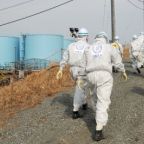
The second part of our series "10 Years of Fukushima" deals with the radiological consequences of the events: How badly were the plant site and the surrounding area contaminated? How many people were affected and to what extent? What are the long-term effects of radioactivity on the region and what is the situation like today?
Natural disasters, human error, technical problems or terrorism can all affect the safety of nuclear installations. The term reactor safety describes the task of operating nuclear power plants free of accidents and unintentional releases of radioactive substances.